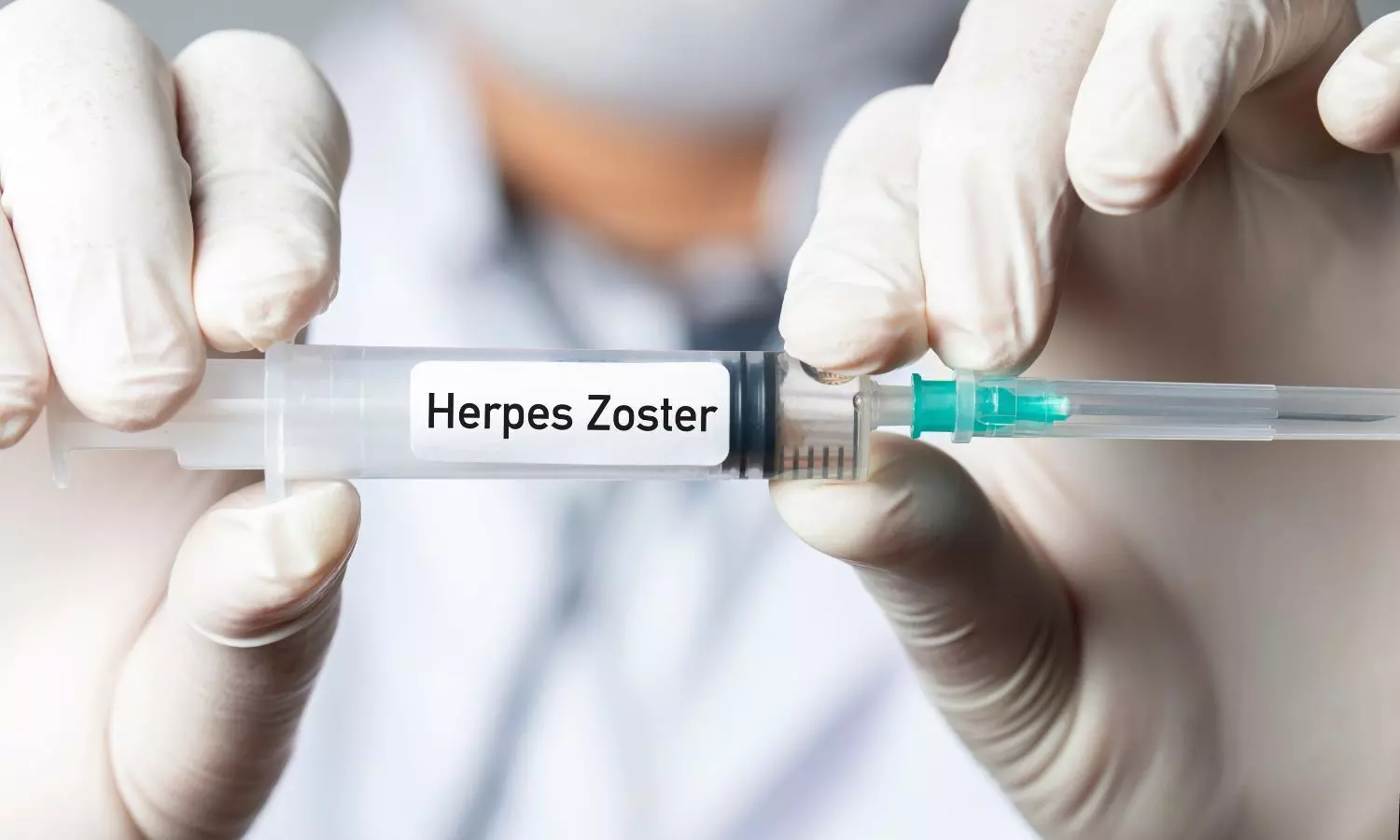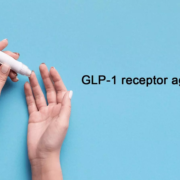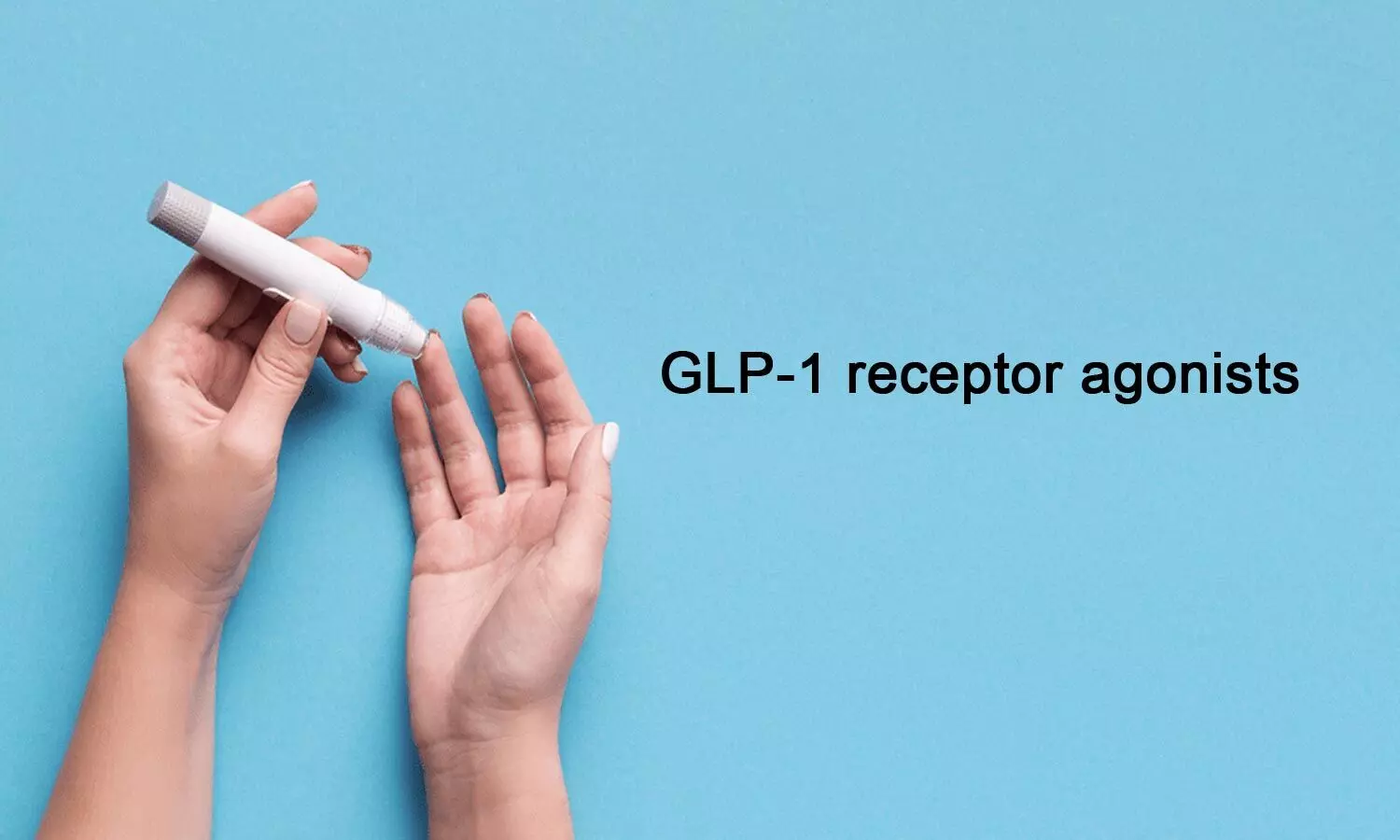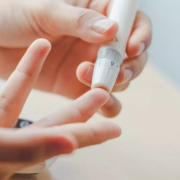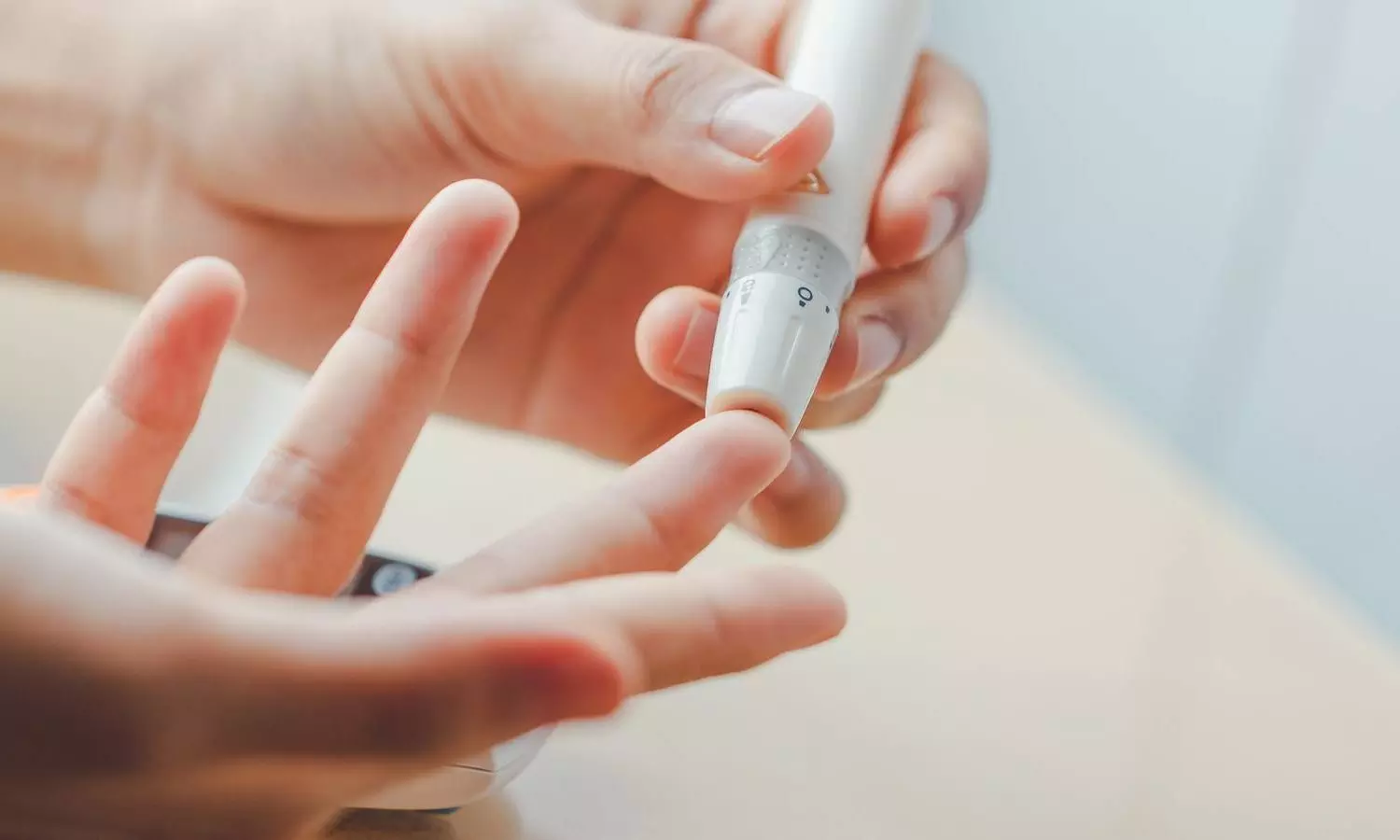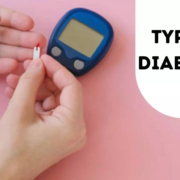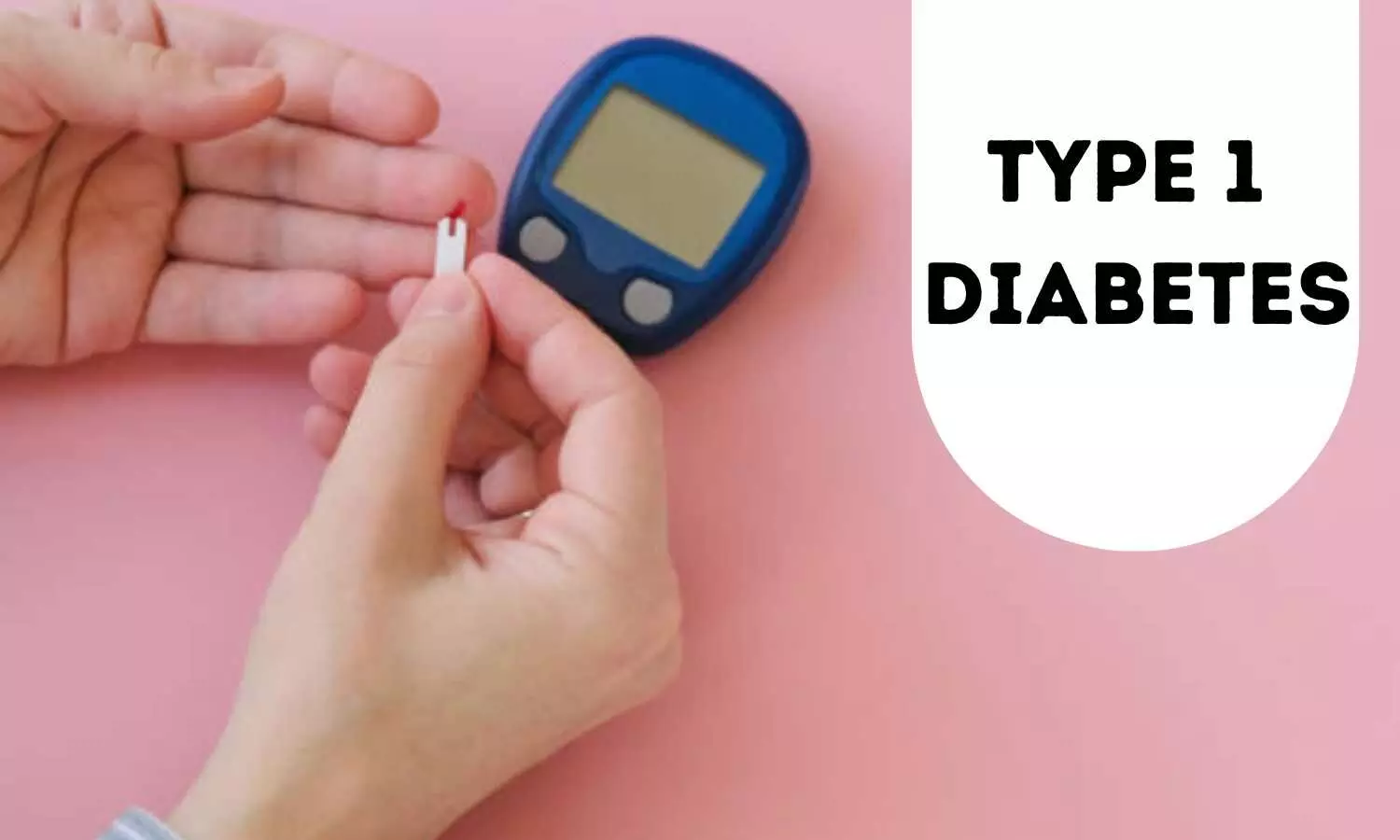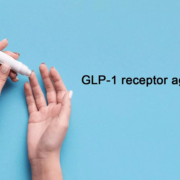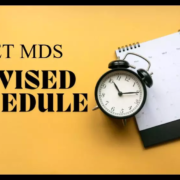The Forgotten Insulin Sensitizer: Revisiting Pioglitazone for Metabolically Unhealthy Non-Obese (MUNO) Indians with T2DM
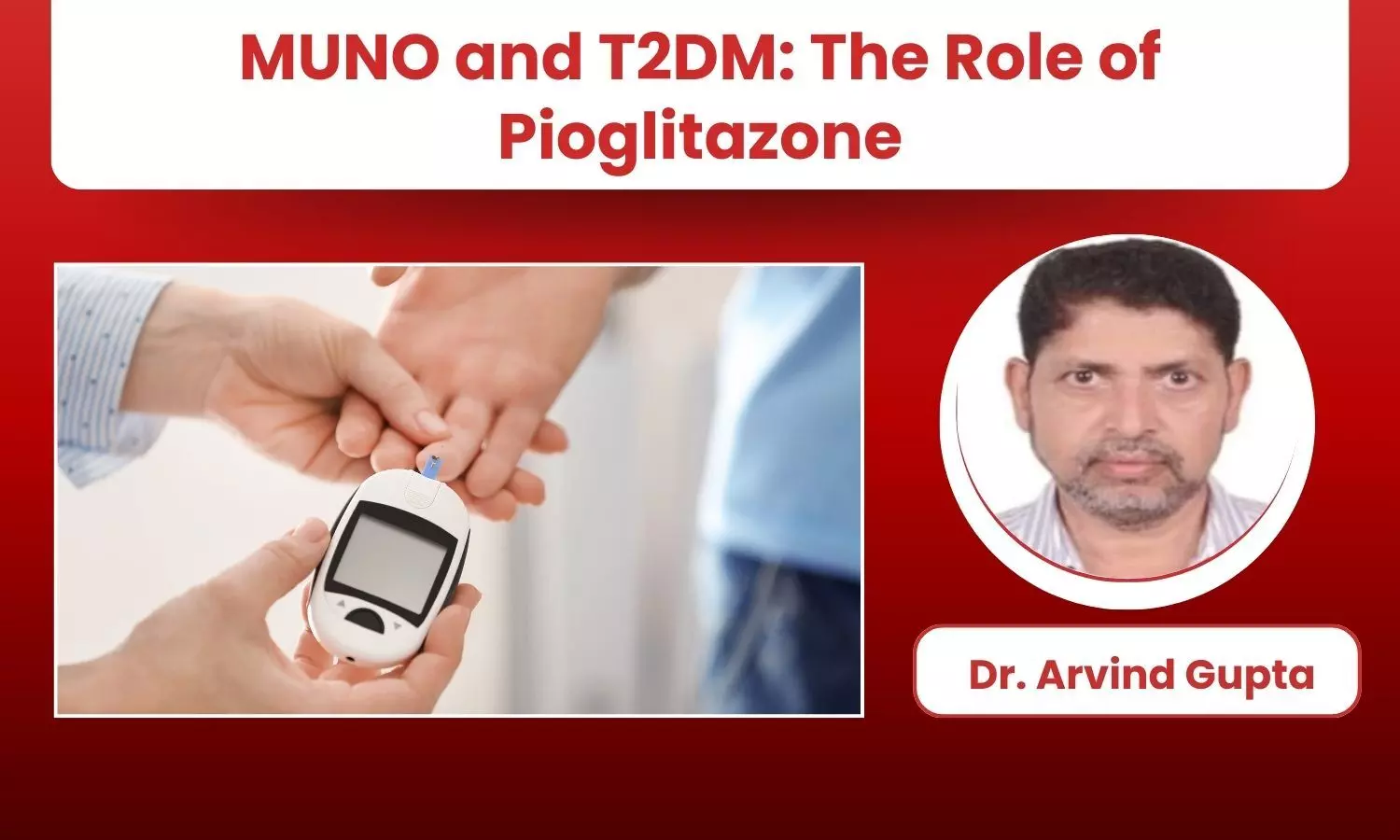
MUNO Indian Phenotype: A Silent High-Risk Candidate
The Metabolically Unhealthy Non-Obese (MUNO) phenotype is a silent but high-risk profile, especially common among South Asians. Despite a normal BMI, these individuals have markedly higher visceral and liver fat, increased carotid intima-media thickness (CIMT), and reduced insulin sensitivity and secretion, which significantly elevates the risk of T2D and CVD. (1) An Indian study (n= 2,560) found that 97.1% of normal-BMI adults were metabolically unhealthy, highlighting the urgency of early identification and addressing the clinical needs of MUNO. (2)
Pioglitazone: Addressing the Pathophysiological Needs Associated with MUNO
Pioglitazone enhances insulin sensitivity by activating PPAR-γ and AMPK pathways, thereby promoting peripheral glucose uptake, improving hepatic insulin action, and reducing endogenous glucose production. It also improves adipose tissue function, lowers triglycerides, raises HDL, and shifts fat from visceral to subcutaneous depots—mechanistically aligning with the core metabolic defects seen in the MUNO phenotype.(3,4)
Clinical Evidence with Pioglitazone: Glycemic and Beyond-Glycemic Benefits
Effect on HbA1c, Lipid & Insulin Function: A 23-week, multicenter, double-blind RCT enrolled 197 patients with T2DM (HbA1c ≥8%, FPG >140 mg/dL, C-peptide >1 ng/mL) to assess the efficacy and safety of pioglitazone vs. placebo. Pioglitazone significantly reduced HbA1c (−1.37%, p=0.0001), FPG (−57.5 mg/dL), HOMA-IR (−12.4%), and triglycerides (−16.6%), while increasing HDL-C (+12.6%) and β-cell function [+47.7%]. (5)
Effect on Progression of NAFLD: In an 18-month randomized, double-blind, placebo-controlled trial (n=101) with biopsy-proven NASH and prediabetes or T2DM, pioglitazone reduced the NAFLD activity score—defined as a ≥2-point reduction in at least two histologic categories without worsening of fibrosis (primary endpoint)—in 58% of patients (p<0.001) and achieved NASH resolution in 51% of the cases. It also improved fibrosis score (−0.5) and reduced hepatic fat by ~63% (absolute −12%). Benefits persisted through 36 months. (6)
Effect on Cardiovascular Risk: In the IRIS trial, 3,876 patients without diabetes but with insulin resistance and a recent ischemic stroke or TIA were randomized to receive pioglitazone or placebo over a median of 4.8 years. Pioglitazone reduced the risk of stroke or myocardial infarction by 24% (HR 0.76, p=0.007). It also achieved a 52% relative risk reduction in new-onset diabetes [HR 0.48, p<0.001]. (7)
Safety of Pioglitazone
The above studies, which demonstrated the clinical benefits of pioglitazone, also provide important insights into its safety profile. While higher rates of weight gain, edema, and fractures were observed compared to placebo, the absolute risk remained low, and no significant increase in heart failure or cancer risk was reported.Long-term use revealed no new safety signals or major drug-related adverse events, supporting its acceptable safety profile in appropriately selected patients. (5,6,7)
Dosing considerations: For adults and elderly patients, initiate treatment at 15-30 mg orally once daily, with possible 15 mg incremental increases based on therapeutic response, not exceeding a maximum daily dose of 45 mg.
Contraindications: Pioglitazone is contraindicated in patients with hypersensitivity to the drug, diabetic ketoacidosis, heart failure (NYHA Class III-IV in the US, any class in Canada), fluid overload, active or previous bladder cancer, high fracture risk, active liver disease with elevated transaminases, and pregnancy. It should not be initiated in patients with hypoglycemia requiring frequent monitoring, and is considered potentially inappropriate for elderly patients with heart or kidney failure.(8) Its cardiovascular benefits must be balanced against fracture risk, especially in postmenopausal women. (9) Mild anemia may occur due to hemodilution (10), and fluid retention may worsen or exacerbate existing or developing heart failure. (11)
Case-Based Scenarios: When to Consider?
A 41-year-old man with a normal BMI (22.2 kg/m2) presents with newly diagnosed T2DM. His fasting insulin is elevated at 22 µIU/mL, and HOMA-IR is calculated at 5.9, indicating significant insulin resistance. An abdominal ultrasound shows grade I hepatic steatosis consistent with mild fatty liver. With no hypertension or CVD, his profile reflects early metabolic dysfunction. Pioglitazone may be considered in this case to improve insulin sensitivity and prevent the progression of MASLD.
MASLD & T2DM: Guidelines Spotlight
- Indian Diabetologists’ Consensus on MASLD (2025): Suggested considering pioglitazone as an anti-hyperglycemic agent in patients with T2DM and MASLD, especially when individualized therapy is needed or lifestyle interventions are insufficient, due to its potential hepatic benefits. (12)
- Global MASH Council Consensus (2025): Suggests considering pioglitazone for type 2 diabetes in individuals with or without MASH, but not as a MASH-targeted therapy. (13)
- ADA (2025): Recommends pioglitazone, a GLP-1 RA, or dual GIP/GLP-1 RA for glycemic control in adults with T2DM and biopsy-confirmed MASH or high fibrosis risk, given their potential benefits on MASH. (14)
- AASLD (2023): States that pioglitazone improves NASH and may be considered for patients with NASH in the context of T2DM. (15)
- AACE (2023): Suggest considering pioglitazone in T2D patients with comorbidities such as stroke, NAFLD, or prediabetes. Pioglitazone may also help improve triglyceride levels and reduce the risk of recurrent stroke in those with prior TIA or stroke. (16)
- RSSDI (2022): Recommends pioglitazone for secondary prevention in patients with stroke or TIA, and also for diabetes management in elderly individuals. (17)
Key Takeaways
- Nearly 97% of normal-BMI Indian adults are metabolically unhealthy, underlining the need to identify and manage the MUNO T2D phenotype early.
- Pioglitazone directly targets insulin resistance, adipose redistribution, and hepatic steatosis, making it a mechanistically rational therapy for MUNO patients.
- Evidence supports both glycemic (HbA1c, HOMA-IR) and non-glycemic (NASH resolution, CVD risk reduction) benefits.
- Supported by global and Indian guidelines, like the Indian Diabetologists’ Consensus (2025), Global MASH Council (2025), ADA (2025), AASLD (2023), AACE (2023), and RSSDI (2022), pioglitazone remains a relevant but underutilized option in specific patient profiles (T2DM, MASLD, and stroke-risk patients.)
- Pioglitazone-based FDCs offer a practical approach for addressing the silent metabolic dysfunction in MUNO, especially when dual therapy fails to target insulin resistance effectively.
References:
1. Stefan, Norbert et al. “Causes, Characteristics, and Consequences of Metabolically Unhealthy Normal Weight in Humans.” Cell metabolism vol. 26,2 (2017): 292-300. doi:10.1016/j.cmet.2017.07.008
2. Sivanantham, Parthibane et al. “High prevalence of abdominal obesities and metabolically unhealthy individuals in a highly urbanized district of India: findings of a cross-sectional survey in Puducherry.” Family practice vol. 40,2 (2023): 282-289. doi:10.1093/fampra/cmac082
3. Coletta, D K et al. “Pioglitazone stimulates AMP-activated protein kinase signalling and increases the expression of genes involved in adiponectin signalling, mitochondrial function and fat oxidation in human skeletal muscle in vivo: a randomised trial.” Diabetologia vol. 52,4 (2009): 723-32. doi:10.1007/s00125-008-1256-9
4. Sourij H, Wascher TC. Pioglitazone in the management of Type 2 diabetes and beyond. Drugs. 2010;70(8):925–954.
5. Rosenblatt, S et al. “The impact of pioglitazone on glycemic control and atherogenic dyslipidemia in patients with type 2 diabetes mellitus.” Coronary artery disease vol. 12,5 (2001): 413-23. doi:10.1097/00019501-200108000-00011
6. Cusi, Kenneth et al. “Long-Term Pioglitazone Treatment for Patients With Nonalcoholic Steatohepatitis and Prediabetes or Type 2 Diabetes Mellitus: A Randomized Trial.” Annals of internal medicine vol. 165,5 (2016): 305-15. doi:10.7326/M15-1774
7. Kernan, Walter N et al. “Pioglitazone after Ischemic Stroke or Transient Ischemic Attack.” The New England journal of medicine vol. 374,14 (2016): 1321-31. doi:10.1056/NEJMoa1506930
8. Singh G, Can AS, Correa R. Pioglitazone. [Updated 2023 Jul 4]. In: StatPearls [Internet]. Treasure Island (FL): StatPearls Publishing; 2025 Jan-. Available from: https://www.ncbi.nlm.nih.gov/books/NBK544287/
9. Azhari, Hala F, and Jesse Dawson. “Clinical implications of fracture severity risk with pioglitazone: a systematic review and meta-analysis of clinical randomized trials.” Frontiers in pharmacology vol. 16 1357309. 6 Mar. 2025, doi:10.3389/fphar.2025.1357309
10. Antoniadou, Christina et al. “Anemia in diabetes mellitus: Pathogenetic aspects and the value of early erythropoietin therapy.” Metabolism open vol. 25 100344. 4 Jan. 2025, doi:10.1016/j.metop.2024.100344
11. Kavanagh, Kylie et al. “Fluid compartmental shifts with efficacious pioglitazone therapy in overweight monkeys: implications for peroxisome proliferator-activated receptor-gamma agonist use in prediabetes.” Metabolism: clinical and experimental vol. 59,6 (2010): 914-20. doi:10.1016/j.metabol.2010.02.010
12. Zargar, Abdul Hamid et al. “Management of metabolic dysfunction-associated steatotic liver disease (MASLD)-An expert consensus statement from Indian diabetologists’ perspective.” Diabetes, obesity & metabolism vol. 27 Suppl 4,Suppl 4 (2025): 3-20. doi:10.1111/dom.16496
13. Younossi, Zobair M et al. “Global Consensus Recommendations for Metabolic Dysfunction-Associated Steatotic Liver Disease and Steatohepatitis.” Gastroenterology, S0016-5085(25)00632-8. 11 Apr. 2025, doi:10.1053/j.gastro.2025.02.044
14. American Diabetes Association Professional Practice Committee; 9. Pharmacologic Approaches to Glycemic Treatment: Standards of Care in Diabetes—2025. Diabetes Care 1 January 2025; 48 (Supplement_1): S181–S206. https://doi.org/10.2337/dc25-S009
15. Rinella, Mary E et al. “AASLD Practice Guidance on the clinical assessment and management of nonalcoholic fatty liver disease.” Hepatology (Baltimore, Md.) vol. 77,5 (2023): 1797-1835. doi:10.1097/HEP.0000000000000323
16. Samson, Susan L et al. “American Association of Clinical Endocrinology Consensus Statement: Comprehensive Type 2 Diabetes Management Algorithm – 2023 Update.” Endocrine practice : official journal of the American College of Endocrinology and the American Association of Clinical Endocrinologists vol. 29,5 (2023): 305-340. doi:10.1016/j.eprac.2023.02.001
17. RSSDI (2022). RSSDI Clinical Practice Recommendations 2022: Summary Document for Training. Research Society for the Study of Diabetes in India (RSSDI).
Abbreviations: MUNO: Metabolically Unhealthy Non-Obese, T2DM: Type 2 Diabetes Mellitus, CVD: Cardiovascular Disease, PPAR-γ: Peroxisome Proliferator-Activated Receptor Gamma, AMPK: AMP-Activated Protein Kinase, HbA1c: Hemoglobin A1c, FPG: Fasting Plasma Glucose, HOMA-IR: Homeostasis Model Assessment of Insulin Resistance, HDL-C: High-Density Lipoprotein Cholesterol, NAFLD: Non-Alcoholic Fatty Liver Disease, NASH: Non-Alcoholic Steatohepatitis, MASLD: Metabolic Dysfunction-Associated Steatotic Liver Disease, MACCE: Major Adverse Cardiovascular and Cerebrovascular Events, CKD: Chronic Kidney Disease, ESRD: End-Stage Renal Disease, TIA: Transient Ischemic Attack, RCT: Randomized Controlled Trial, ADA: American Diabetes Association, AASLD: American Association for the Study of Liver Diseases, AACE: American Association of Clinical Endocrinology, RSSDI: Research Society for the Study of Diabetes in India
Powered by WPeMatico


